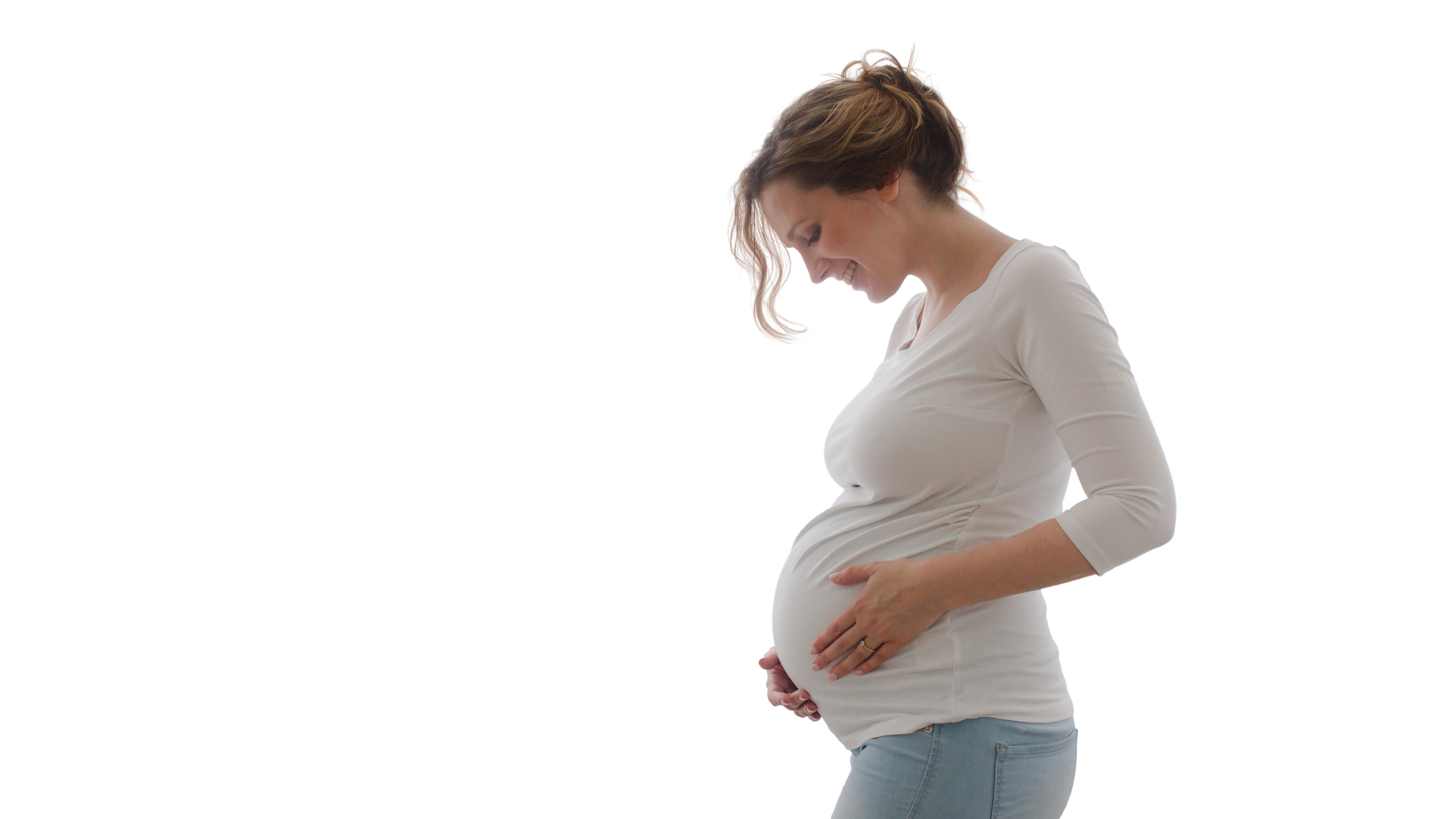My daughter Sarah sang a loving little song to her unborn baby Toby every day as she patted the steady beat of the song on her stomach. Inside the womb, surrounded by amniotic fluid, her baby heard her voice and the muffled external sounds around her. His auditory system was fully functional about 20-22 weeks after conception. He heard and felt his mother’s heartbeat, at times speeding up, at other times slowing down.
A baby’s first language is music and this language training begins long before birth through the speech, laughter, crying and song patterns of the mother’s voice. It is the musical qualities of the mother’s voice: the emotional tone, melodic contours, rhythmic patterns, tempo, dynamics, and form that acquire meaning for the foetus.
The basic elements of music: sound, rhythm and movement are imprinted on the unborn baby’s sensory system. Sound is a total bodily experience, from the sounds of the mother’s voice, the vibrations and movement from her body and external sounds including the more muffled sound of the father’s voice. As the auditory system and the brain continue to develop, the foetus senses, remembers and learns. Musicality provides the foundation of communication, experience and learning, even before birth.
At birth the newborn baby recognises and knows the mother’s voice, whether the mother is talking, laughing, crying or singing. Not only is the newborn able to recognise the specific pitch and rhythmic patterns of his mother’s voice, but is also able to discriminate his mother’s voice from others. The baby is a social being, born to communicate. The mother plays a vital role as a loving, nurturing musical play partner.
When Toby was two days old he was fretful, crying and was not pacified by cuddling or feeding. His mother sang him his little song she had sung to him every day from about 23 weeks during her pregnancy. Toby’s response was instant. He gave a little whimper, stopped crying and gazed up at her “with a look of wonder and recognition”. His mother Sarah said “I know he recognised the song, he watched me with this wide-eyed concentration for the duration of the song”. birth he began to make little vocal sounds in response to his mother talking to him.
Sing to your unborn baby. Stroke loving rhythmic patterns on your baby bump in time to your singing. Your song and musical patterns are at the heart of loving communication, relationship and learning.
Julie Wylie & Louise van Tongeren
